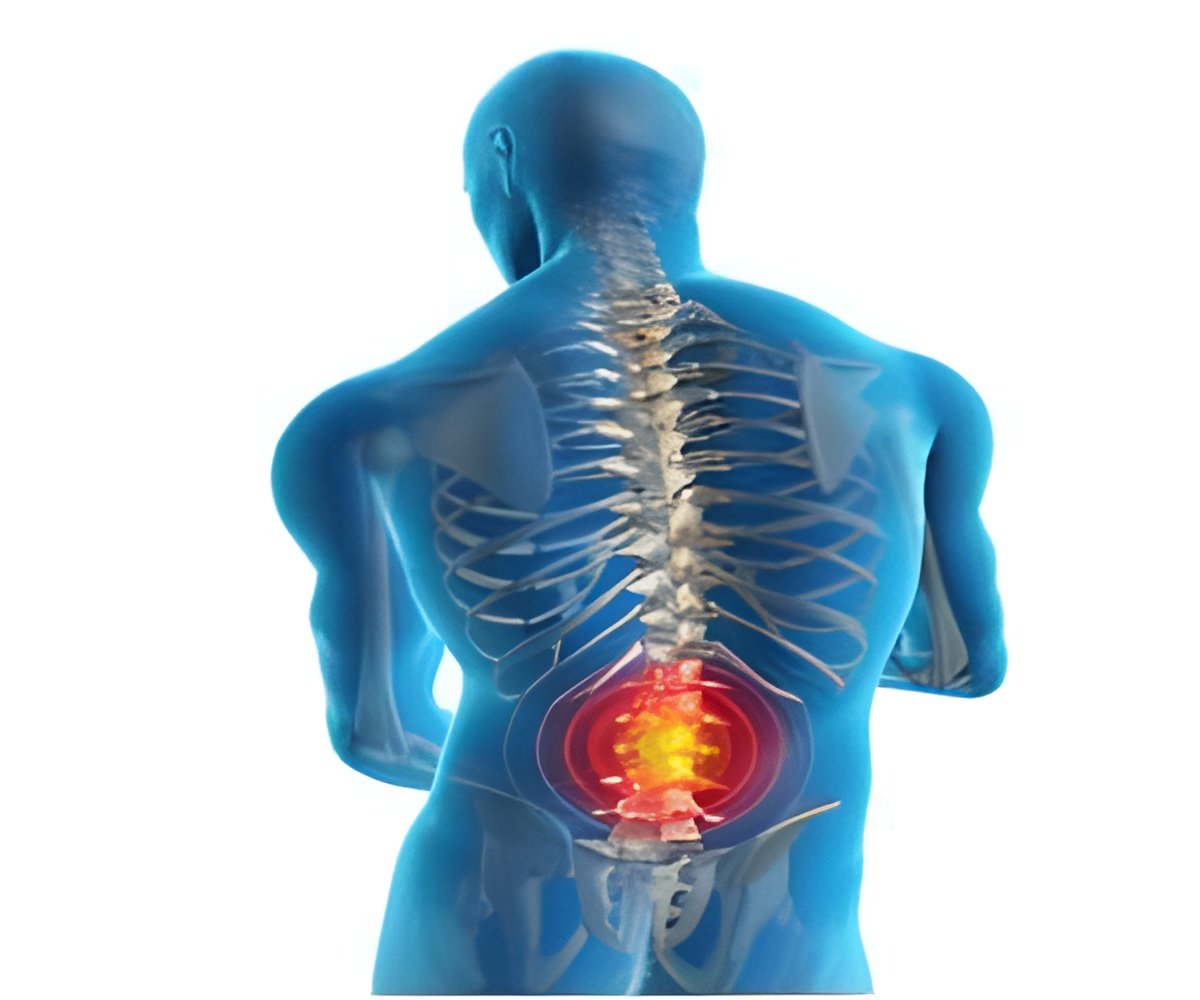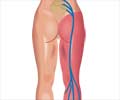
Now a new study challenges the theory that the placebo effect is a high-level cognitive function. The authors - Jason T Buhle, Bradford L Stevens, and Jonathan J Friedman of Columbia University and Tor D Wager of the University of Colorado Boulder - reduced pain in two ways - either by giving subjects a placebo, or a difficult memory task.
But when they put the two together scientists found that the level of pain reduction increased.
"The level of pain reduction that people experienced added up. There was no interference between them... That suggests they rely on separate mechanisms," said Buhel.
In the study, 33 participants came in for three separate sessions. In the first, experimenters applied heat to the skin with a little metal plate and calibrated each individual's pain perceptions. In the second session, some of the people applied an ordinary skin cream they were told was a powerful but safe analgesic.
The others put on what they were told was a regular hand cream. In the placebo-only trials, participants stared at a cross on the screen and rated the pain of numerous applications of heat - the same level, though they were told it varied. For other trials they performed a tough memory task-distraction and placebo simultaneously.
Advertisement
The results showed that with either the memory task or the placebo alone, participants felt less pain than during the trials when they just stared at the cross. Together, the two effects added up; they didn't interact or interfere with each other. The data suggest that the placebo effect does not require executive attention or working memory.
Advertisement
"Neuroimaging is great... but because each brain region does many things, when you see activation in a particular area, you don't know what cognitive process is driving it," said Buhle.
This study tested the theory about how placebos work with direct behavioral observation.
The findings are promising for pain relief. Clinicians use both placebos and distraction - for instance, virtual reality in burn units. But they weren't sure if one might diminish the other's efficacy.
"This study shows you can use them together... and get the maximum bang for your buck without medications," said Buhle.
Source-ANI














